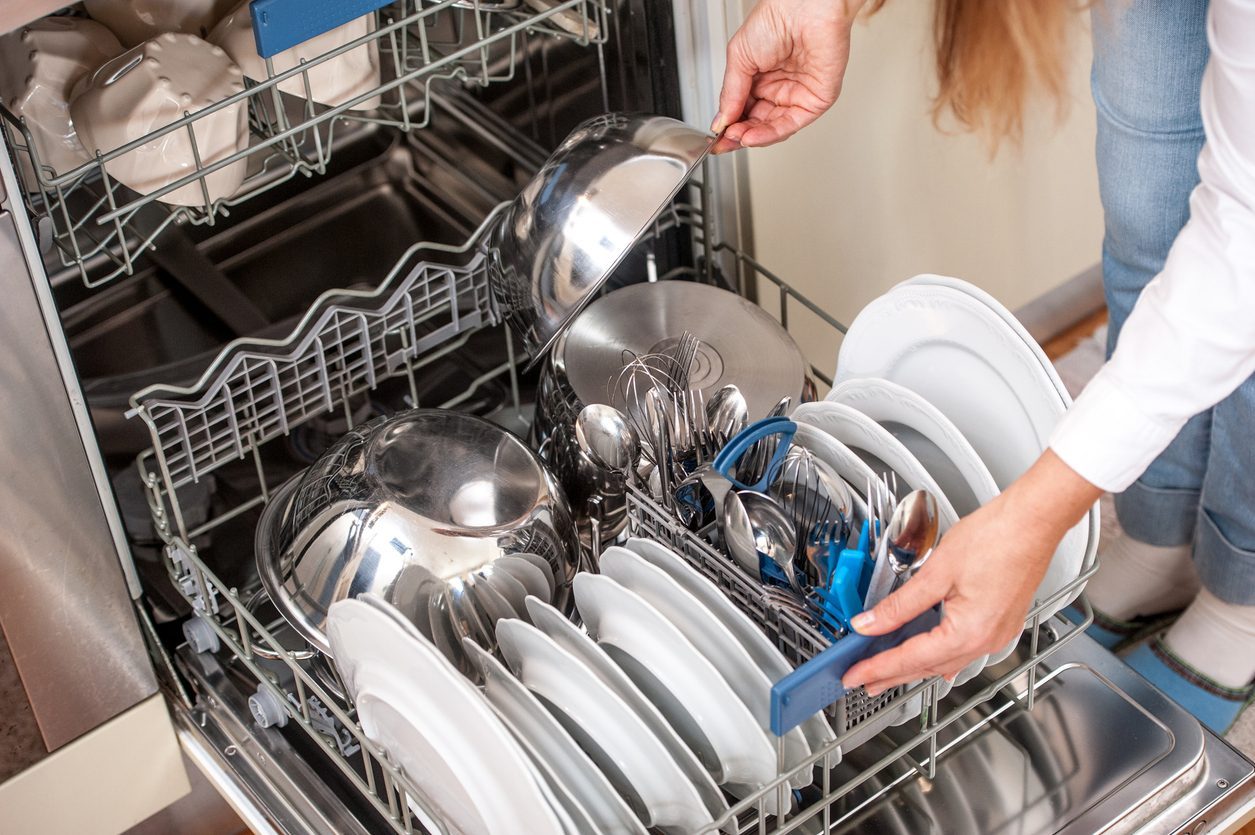Rules To Observe While Loading A Dishwasher
Dishwashers make kitchen chores easier on all of us, especially after those events that demand the use of many kitchenware. In this article, we examine some rules that you can abide by to make your experience with a dishwasher optimized and smooth.
;Resize,width=742;)
Using the dishwasher is more than just chucking plates into the machine and adding detergent. In fact, there are many things to be cautious of while using it.
Some common mistakes people make may range from how they place the dirty dishes and obstruction of the cleaning jets to adding the wrong amount of detergent.
Mistakes like this happen quite often, especially among new users, and they can easily create a large mess which in turn leads to more work for you.
There will be frustrating spotty, filmy dishes that will require another washing and sometimes even broken or cracked kitchenware. The tips below will help you load your dishwasher the proper way.
1. Put the right dish in the right place

This is the most basic rule when it comes to using a dishwasher. Any big or heavy kitchenware should be placed at the bottom, while the smaller, lighter stuff should go on top.
This is important because virtually all dishwashers get heated from the bottom up, meaning that the lower regions closest to the heat source get the most heat.
Glassware can also go to the bottom shelf as it might get cleaner.
2. Watch the jets
A dishwasher uses a system of high-velocity water jets to clean dishes. Should those jets be blocked, that section will remain dirty.
The location of the jets differs for every dishwasher, so before loading the dishes. Take a moment to pinpoint where the jets are and arrange the fishes with that information at the back of your mind.
Be even more cautious when loading larger items like serving platters or pans because they can easily obstruct the jets.
3. Keep the utensils upright

Your cutlery should be loaded right side up rather than buried down in the silverware basket. This will expose all the food residue to the jets and ensures optimized cleaning.
Allow some space between the cutleries, especially the spoons, because they have the tendency to stick together. Utensils like turners and spatulas can be left on the top rack if they can't enter the basket.
4. Knives out
Kitchen knives, including the fancy ones, shouldn't be cleaned in the dishwasher. Those need to be hand-washed as the wash, and dry cycles in the dishwasher can dull the blades.
Only steak and bread knives can be put in the dishwasher, but make sure they are facing tip down just to be safe. Also, keep in mind that they will experience a bit of dulling with time.
This rule also applies to wooden wares. They don't do well with extended bouts of moisture and can get damaged.
5. Keep the detergent minimal

This mistake happens among many users. People commonly fill the detergent dispenser to the top, but that will only cause the plates to come out with a thin film of soap.
It is recommended that you fill the dispenser a third of the way.
6. Avoid running a near-empty dishwasher
This wastes water and energy, but that's not all. A partially filled dishwasher is terrible for the dishes, and as the cycle continues, the jets will keep upsetting them, banging them together.
If there are breakables among that load, they may suffer damages including chips and splits.
;Resize,width=767;)
;Resize,width=712;)

;Resize,width=712;)
